Together with six other organizations, we have submitted a proposal to the National Center for Health Statistics (NCHS) to add myalgic encephalomyelitis/chronic fatigue syndrome (ME/CFS) to the neurological chapter of the International Classification of Diseases (ICD-10-CM).
Today, ME/CFS does not exist in the US ICD-10-CM. Instead, most US doctors assign the code for chronic fatigue syndrome which has the same code as the symptom of chronic fatigue. As a result, it is impossible to accurately track the mortality and morbidity of ME/CFS or its relationship to Long COVID. This affects not only the more than 1.5 million Americans with ME/CFS, but also the tsunami of Long COVID patients who could develop ME/CFS.
This proposal will be discussed at the upcoming meeting of the NCHS ICD-10-CM Maintenance Committee on September 14-15, 2021. Details on registration for this proposal will be shared when NCHS announces it. After the meeting, there will be an opportunity for public comment prior to a final decision by NCHS. If the proposal is accepted, the change would be implemented in October 2022.
Our partners in this proposal include the International Association for Chronic Fatigue Syndrome/Myalgic Encephalomyelitis, Open Medicine Foundation, Solve M.E., Massachusetts ME/CFS & FM Association, the Minnesota ME/CFS Alliance, and Pandora Org.
Our organizations will be holding a webinar and listening session on September 2 at 1 PM EST to discuss the proposal and hear any concerns and answer questions. To register for the webinar, click the button below.
Background
The World Health Organization publishes a standardized system called the International Classification of Diseases (ICD) to track diseases globally. The most recent version is ICD-11 but most countries use ICD-10. Both the ICD-10 and the ICD-11 classify ME and CFS in the neurological chapter under the lead term of “postviral fatigue syndrome.”
The US version of the ICD-10 is the ICD-10-CM and is used to code diseases in medical records. When ICD-10-CM was implemented in 2015, CFS was moved from the neurological chapter to the Signs and Symptoms chapter and given the same code as the symptom of “chronic fatigue, unspecified.” The term ME/CFS was never added so US doctors must choose either CFS or ME. They almost always choose CFS.
As a result, virtually all cases of ME/CFS in medical records have been dumped into the “chronic fatigue, unspecified” bucket. Using the same code for both ME/CFS and the symptom of “chronic fatigue, unspecified” makes it impossible to track the mortality and morbidity of ME/CFS separate from the symptom of nonspecific chronic fatigue. This impacts insurance reimbursement, generation of statistics on disease burden and outcomes, the medical perception of ME/CFS. And it makes it virtually impossible to identify ME/CFS cases in retrospective research using electronic health records, such as those being done for Long COVID.
Our Proposal:
Our submitted proposal recommends the following three changes to ICD-10-CM to address this problem:
- Expand the lead term, “postviral fatigue syndrome,” to “Postviral and related fatigue syndromes” to allow for non-viral triggers. ICD rules limit options for the new name as it needs to include the original name.
- Establish different codes for ME and PVFS since PVFS is always postviral and ME can be triggered by other causes. ME/CFS will use the same code as ME.
- Add the terms “myalgic encephalomyelitis/chronic fatigue syndrome” and “ME/CFS” as “inclusion” terms (essentially synonyms) of the term “myalgic encephalomyelitis”
The submitted proposal did not make recommendations regarding the term “chronic fatigue syndrome” because of the lack of consensus on earlier proposals on how this should be addressed.
For more information, see the FAQs.






1 thought on “#MEAction & 6 ME Orgs Call for CDC to Change How it Tracks ME/CFS”
When will we know their decision on this?
Comments are closed.